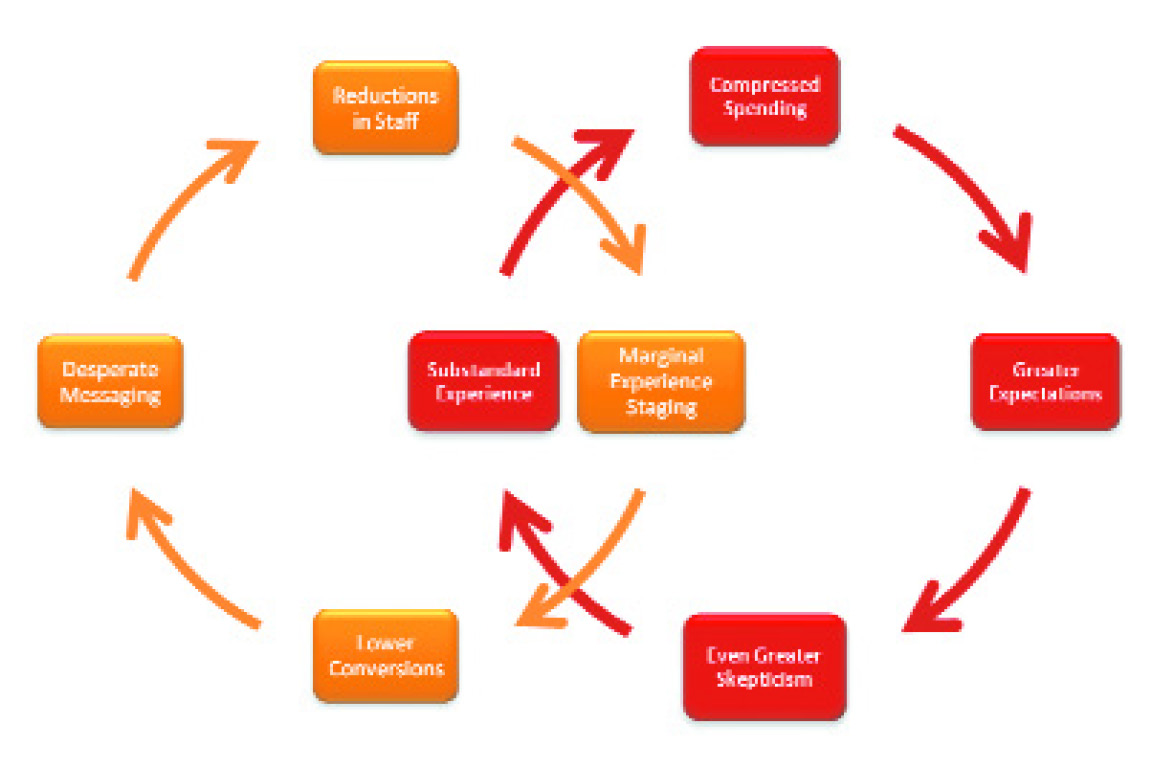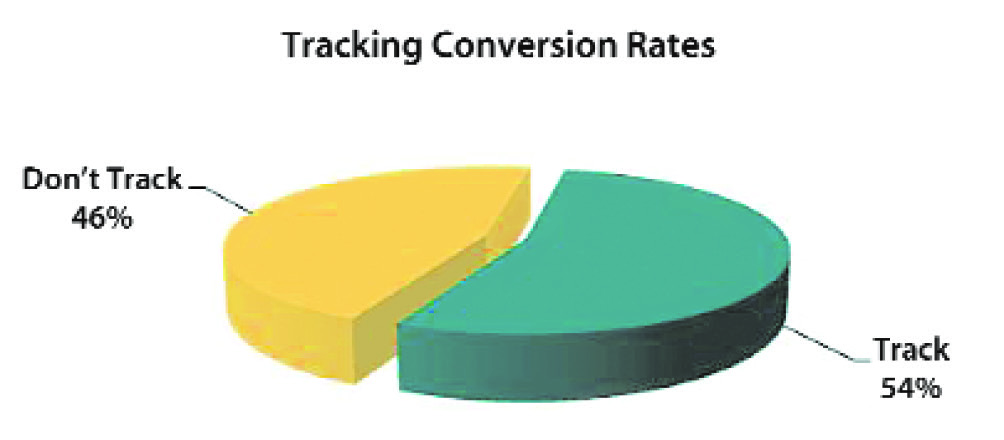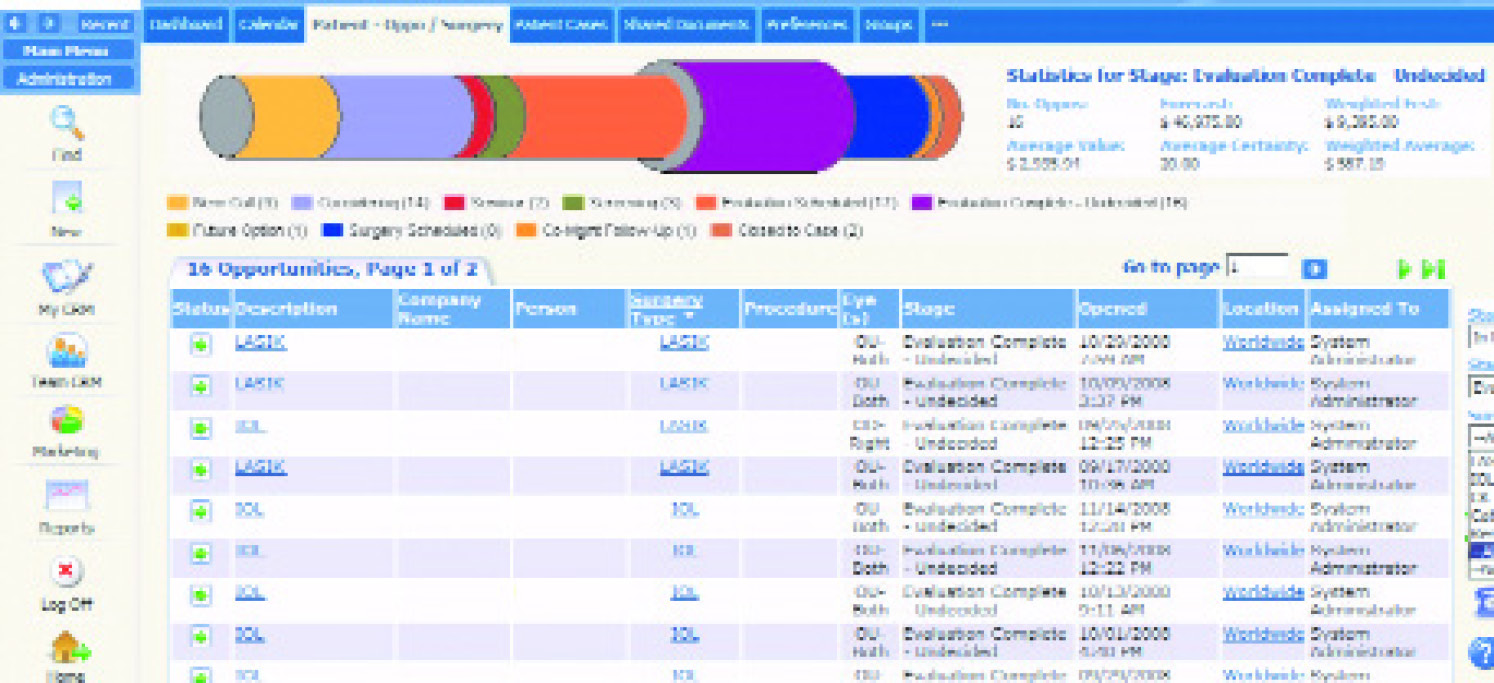Marketing Solutions for a New Economy
Traditional marketing is simple: create demand, make the phone ring, and close the sale. Demand is typically measured by new leads, consultations, and surgeries. The tools with which we have created demand have been print, radio, television, and the web. The current economic climate, however, has sent many centers into a tailspin, and physicians and their staffs are wondering if their external efforts are worth the results. People are not calling like they once did, and if they do, they are not scheduling surgery quite as easily. Future success is tied directly to a practice’s ability to create a fabulous experience for patients within its four walls. To that end, before spending dollars on external advertising, it is important to look inside your practice to see what your patients are seeing.
The Reluctant Customer
Consumers do not want to be targeted, and they are more skeptical than in the past. Satellite radio, digital video recording, and social media are being adopted, in part, in order to avoid the interruptive messages created by the advertiser. Additionally, in today‘s world where people are working harder for less money, when a consumer decides to make a purchase, his or her expectations for value tend to be higher.

This economy has created a vicious circle where patients’ heightened expectations are met with even lower than normal customer experiences.
Meanwhile, many practices have dealt with the current economy by reducing their support staff and amenities; both can be detrimental to the experience of patients and their overall perceptions of value. In such cases, word-of-mouth referrals drop in frequency. Some surgery centers may respond with a more desperate style of advertising that can turn off potential patients.
When desperate advertising measures meet the growing expectations and the new skepticism of the consumer, a vicious circle begins. This is why it is vital to create experiences at the practice level that are actually worth the price of the procedure: “People have become relatively immune to messages targeted at them. The way to reach your customers is to create an experience within them.”1
Track Your Effort and Results
The most effective way to position your practice for future growth and stability is by enhancing the patient’s experience at each stage of the process. Waiting times, educational explanations, and the inclusion of their family members and loved ones in the conversation are far more important than they were just a few months ago. There appears to be little effort, however, to track current customers’ information that is useful for creating growth. In Market Scope’s second quarter analysis2, nearly half of all respondents stated they are not tracking new inquiries, inquiries to consultations, and consultations to surgery within their center. Metrics tracking is a basic business function that ensures the processes in place are functional and successful. How bad must the economy become before ophthalmic practices begin performing this task?

Even under the constraints of today’s market, few centers are tracking basic indicators of their practice’s health.
Utilize Customer Relationships to Increase Revenue
Inquiries that have not become scheduled consultations, and consultations that have yet to become scheduled surgery, represent easy marks for re-engagement. Instead, many surgery centers focus solely on new leads from external advertising. By utilizing a robust CRM (customer relationship management) software, practices can become relevant to potential customers who have already expressed interest in vision correction.

CRM technology not only lets you track conversions, but it also forecasts potential revenue within the surgical pipeline.
One difficult component to using practice management software, however, is learning to deal efficiently with all of the data created throughout the customer’s experience. A unique advantage to most CRM software is its ability to synchronize with practice management software. The former allows data collected during the patient’s experience to be used to create customized messages afterward. Each patient’s interaction is synchronized. As the practice schedules a patient from a consultation to surgery, the CRM gets updated as well, removing that patient from the consultation “bucket.” When the time comes to send a message to all potential patients who have not yet scheduled surgery, the practice need not worry whether or not the database is pure. In addition, practices have the ability to see how many opportunities exist within each status group.
Conclusion
Many opportunities are being overlooked at the practice level that can only be capitalized upon if simple tracking methodologies are put in place. The best first step to creating engaging and profitable experiences for customers is to pay attention to the most basic of operational standards. Look inside your practice and take advantage of the opportunities that already exist there.
This article originally appeared in Cataract & Refractive Surgery Today. Click here to download a PDF version.
1. Gilmore J, Pine B J. The Experience Is the Marketing. Louisville, KY: Brown Heron Publishing; 2002.
2. Market Scope’s Second Quarter Survey Report: Q2-2009. Manchester, MO: Market Scope LLC; 2009.
Matt Jensen, MBA, is Founder and Principal of Matt Jensen Marketing, CEO of Vance Thompson Vision, and a certified Experience Economy Expert.







